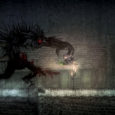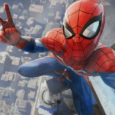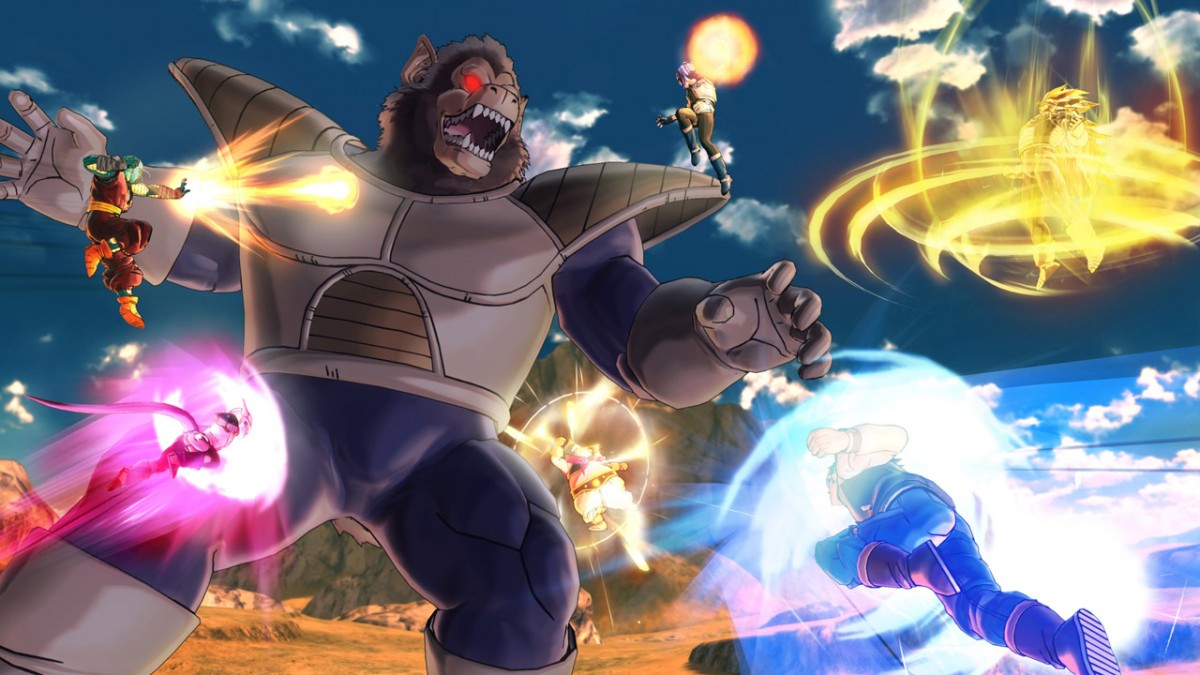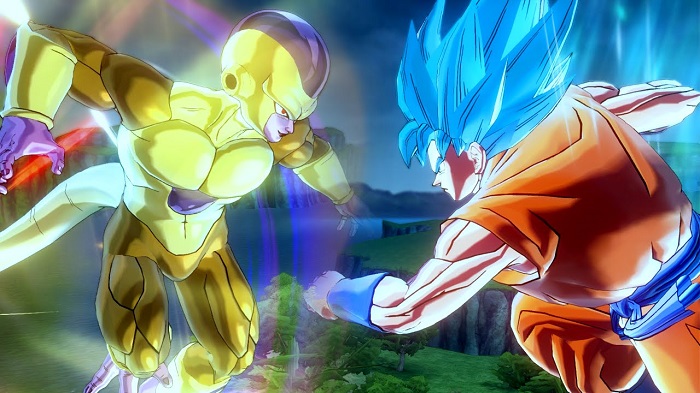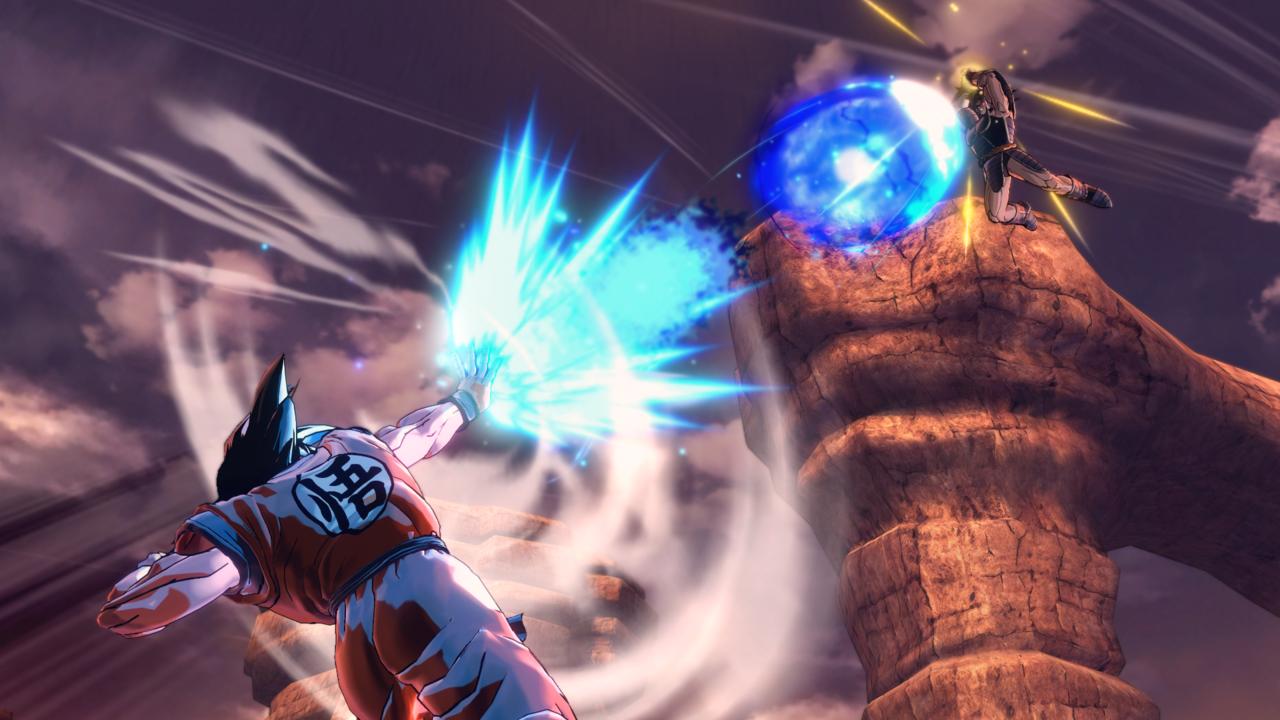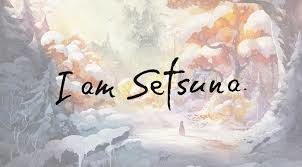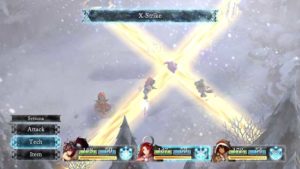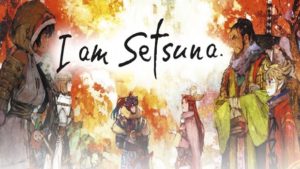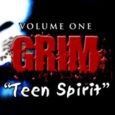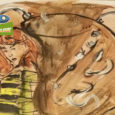Don’t be fooled by the whimsically beautiful, hand-drawn aesthetic Smoke and Sacrifice. Set underground and spanning multiple biomes, Smoke and Sacrifice is a wonderfully crafted survival adventure with an engaging story and an infuriatingly steep learning curve. This game goes from cutesy and innocuous to immediate psychic scarring in the span of its own intro scene. How is that even possible? Might have something to do with the player taking an active role in sacrificing the main character Sachi’s first born child upon an altar surrounded by sun-worshiping religious acolytes. Maybe.
The only reason I decided to play this game, out of a choice of several others, was purely visual. So, being the habitual lazy mug I am, instead of doing research along the lines of watching the entire YouTube video, reading about Solar Sail Games, or, you know, doing literally anything at all before just jumping into this, I… just jumped into this.
And once you jump in, the real nightmare begins. Flash forward seven years; the lights go out, the smoke pours in, and the monsters come into the village. Taking control of Sachi, the player will use the ensuing chaos, wrapped in a thick blanket of panic, to check out the temple and alter where Sachi gave up her child, only to be teleported to a hellish landscape of terror and smoke shrouded danger.

Look, I’ll be the first to admit that I’m not the brightest lighthouse on the coast, and I generally like my games fast and simple. But, had I taken the time from the outset to pay attention to the background environment, I probably wouldn’t have died 20 something times before making any significant progress in my first play-through.
Without the player ever being involved, the ecosystem of this world carries on with it’s bad self. Polyps (little jellyfish enemies) mate and produce offspring, plants swallow glowbugs and emit protective light, anglermoles eat fireflies and belch flames at you. Why does any of this matter?

Actual transcript of this fight: F***. This game is hard… No wait, I got it… Nevermind, I’m dead again.
See that monstrosity in the picture up there? That was the first big enemy I was tasked to kill. And how many times did he annihilate me instead? An embarrassing amount. It wasn’t until I accidentally brought him too close to that wasp nest that the coin finally dropped. The wasps killed the boar, I killed the wasps, and I then applied that lesson to every other big-bad in the game. Paying attention to the environmental interactions are the key from taking Smoke and Sacrifice from impossibly frustrating to an enjoyable experience.
Even the sound design is amazing. Flapping insect wings, gnashing teeth, screen rumbling explosions, and prosaic music all contribute to a perfect symphony to accompany you on your quest.
Of course, no game is without its flaws. However, in this particular case, for Smoke and Sacrifice they are few and far between. Sometimes items you try to pick up are inaccessible because of the placement of permanent objects and how items drop. Also there’s… um… well, actually, that’s about the only bug I found. Other than the wasps.
Fans of diesel-punk, the crafting elements of Ark, and games like Penny Arcade’s On the Rain Slick Precipice of Darkness should definitely give this one a go. From perfect visuals and incredible audio, not a tedious amount of grinding, Smoke and Shadow is a visually perfect game with incredible audio and a plot that gave me actual nightmares. I cannot wait to play more.
PS: SAVE.
PPS: SAVE OFTEN.
Editor’s Note: This review was written in conjunction with Jon Calise, a contributor to Sub Cultured. You can find more of his writing on his personal blog, Petting Zoo Rejects.
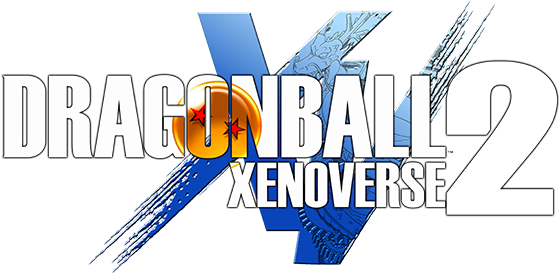 Dragon Ball Z games have launched in various degrees of quality. It is always good to practice skepticism with these games because for every great game like Dragon Ball Z Hyper Dimensions on the Super Nintendo, we get three horrific entries like Dragon Ball Z Raging Blast. It is never fun being burned by a bad game adopted from a pre-existing franchise with personal and nostalgic ties. Thankfully the new Xenoverse series has acted as a new age for incredibly fun Dragon ball Z games when the first entry came out back in 2015. The sequel, Dragon Ball Xenoverse 2, moves the franchise forward with minimal changes but carries the torch of the original by bringing quality, fandom, kinetic controls, and an incredible roster to longtime fans of the anime.
Dragon Ball Z games have launched in various degrees of quality. It is always good to practice skepticism with these games because for every great game like Dragon Ball Z Hyper Dimensions on the Super Nintendo, we get three horrific entries like Dragon Ball Z Raging Blast. It is never fun being burned by a bad game adopted from a pre-existing franchise with personal and nostalgic ties. Thankfully the new Xenoverse series has acted as a new age for incredibly fun Dragon ball Z games when the first entry came out back in 2015. The sequel, Dragon Ball Xenoverse 2, moves the franchise forward with minimal changes but carries the torch of the original by bringing quality, fandom, kinetic controls, and an incredible roster to longtime fans of the anime.
The adventure continues to be yours in this entry and you again create your own character to participate in some of the most memorable fights in the Dragon Ball Z lore. Expect all the fast action, hard punches, enormous energy beams, and evasive teleportation maneuvers that made the TV show iconic.
There are plenty of customization options to choose from as you appoint you look to the five races of, Sayian, Namekian, Human, Buu, and Frieza race. Each race has their own ability to transform. Sayians go Super, Frieza goes perfect, Buu goes Kid, humans have hidden potential, and the Namekian’s grow large like Lord Slug. Nobody is left out of the transformation game this time around which levels the playing field in a big way. The other races lacked a true transformation which found those character under powered when fighting against transformed Super Sayians. This addition was more than welcomed.
Once you cook up your fantasy character, you are dropped right into the world of the Time Patrollers where you’ll help keep time’s flow safe from the dastardly villain duo of Towa and Mira. These characters return from the first game and use their energies to increase the power of other villains across time. These time manipulators team up with Turles and Lord Slug and tackle every major moments in the Dragon Ball Z history. These super powered versions of classic villains are determined to change the timeline for the worse. Your job as a Time Patroller is to ensure that the events go according to how they originally transpired. For whatever reason your original character’s presence does not affect time like the presence of new villains, so in that aspect the narrative makes little to no sense. Leave logic at the door for this story folks. The time traveling rules are basically nonexistent and offered up in convenient and illogical ways.
The mechanics are not much different from Xenoverse 1, however, they are refined and honed. Everything just feels faster in all the right ways, which for a Dragon Ball Z game is majorly important. You want to feel like Vegeta when reeling back for a final flash and you want to harness the speed of Gohan when you are zipping around the large areas looking for the next bout. This game delivers on that fantasy of embodying a Z Fighter, and any fan of the series would be hard pressed to feel differently.
There are plenty of customization options as you progress in the game. Once you start collecting costume pieces and buying new articles of clothing with your awarded currency. You can look like some of your favorite characters or go for a completely unique look as you pan through your item drops to see which clothing has the best stats and look. If you don’t like the stats but love the look of your clothes, there is a remedy for that! QQ Bangs can be mixed up by combining clothing and power items. This negates the effects of the clothing stats which, in turn, uses the QQ Bang stats, which gives you the choice to look how you want but have the stats that fit your play style.
There are other things to do in the HUB world as well. This world acts as your lobby, a place your character engages in as you queue up missions and quests.This open area known as Conton City, is much bigger than Xenoverse 1’s HUB world of Toki Toki City. Your created characters. It is so awesome to see all their creations as you run around the world communicating through emotes. Bonus: No load times for this HUB area with up to 250 other player-controlled combatants, all with their owns hinder this areas as you fly from end to end and do small quests and missions in that world.
There are plenty of activities to occupy your time in Conton City. Time rifts are quests that has you going to famous locations like Guru’s house, Frieza’s ship, Capsule Corp Building, and Master Roshi’s Island. Here you will find your character participating in missions that are specific to these locations. Guru’s house will have you fighting off Frieza forces and collecting Namekian Dragon Balls. While over at Frieza’s ship you will find yourself aligning with different Lieutenants as they usurp one another all in the name of becoming Frieza’s right had man. Dragon Ball Xenoverse 2 does not lack content, but it does lack diversity. In any of these quests, the main thing you are doing at any time will always be fighting. The only things that do change are the enemies, the win and lose stipulations, and the arenas you fight in. It sounds like a negative point but it is no more repetitive than any other fighting game.
The gamplay loop is very exposed early on, but that comes with the territory of these mission based/grind heavy/loot collecting games. You will spend your time doing all the various types of missions I have talk about, which are ultimately the same mechanically. You will load up a story mission, fight some bad guys, and then at the end of the match get some credits, items drops and possibly even new moves. You will then utilize item drops, sell them off, or mix them into new items. Doing story missions unlocks patrol missions which are just variations of the story quests. In between these mission you can do all the time rift events which, again, is just more fighting. The game is repetitive, there is no denying that. I think this shortcoming is overshadows by all the other working parts of this game though.
The story and mission progression have not changed much from Xenoverse 1. The story itself is all about fixing the timeline of the original series, while the Patroller Missions, which can be played up to 3 players co-op online, takes more creative chances as yr avatar teaming up with the bad guys in alternative-history-like scenarios. Playing online with 2 other friends is a blast and has quickly become one of my favorite co-op experiences of this year. There are also 6-player raid missions where you’ll participate in fighting big bosses for big payouts and loot. These fights get incredibly large scale in terms of the open spaces you occupy and the amount of movement and activity going on at any given time. The intensity levels of these battles really ramp up as the screen becomes a cornucopia of colors as you blast energy waves together in an attempt to take down the damage sponges in the form of long time villains.
Out of all the games this year that I have played, the only game me and my gamer group could agree on to play co-op this year was Dragon Ball Xenoverse 2. My squad and I loved the first game and played hundreds of hours of co-op, so it was obvious that we would return to this series. Also an important personal note if you’re debating to purchase this for group gaming: out of the four people I play this game with, only 2 of us are major Dragon Ball Z fans, one is a passive fan, and the other hates the entire series. He plays the game because it offers fun co-op, jaw dropping graphics, and a great fighting game/action RPG hybrid.
There is nothing else like the Dragon Ball Xenoverse series. The creative team, Dimps, has taken everything they did right about earlier fighting game entries, and shaped it up into an Action/Adventure RPG hybrid. Much like what Gearbox did with marrying the first person shooter genre to the Role Playing Game genre with Borderlands, Xenoverse series successfully merges two completely different game types to make something that feels fresh. I think that anybody, fan or not, that is willing to give it a try, can find something to enjoy about this game. Buy it now if you’re a longtime fan, try and check it out if you have a passing interest…but this is one of those gems of this year that will be sorely under-appreciated by most of the gaming community.

What do you kids know about archetypes? They are a set of what psychiatrist Carl Jung called “elements of the collective unconscious” a long time ago- basically roles people play, or a persona if you will, underlying their behaviors. I’ll skip the rest of the the psych lesson for today but whether you know it or not, in our sphere of geekery, archetypes are the basis of what forms characters and situations in movies. And that includes video games. In my opinion, it’s why we’re drawn to certain characters that we play. For games that allow character customization it’s even more true – it’s why we design them the way we do.
 Since I started my gaming life with the first Final Fantasy on the NES, I’ve I’ve encountered two types of gamers over the years. The first is the watcher, experiencing the game in the third person – connecting with with the game world from the third person, acting like the game’s God. The second is more me – and that’s the player that not so much sees him or herself outside of the game looking down, but draws parallels to the characters and identifies with them. And it’s interesting to see what kind of characters one identifies with since I do think it says a lot about that person. It’s a combination of what we see in ourselves and maybe a little bit of something we’d love to see in ourselves too. What’s coming next doesn’t really apply to that first type of gamer, since what i’m talking about is player identification with characters. But like I said the second type is all me. And there’s a lot of different archetypes that players like me could identify with.
Since I started my gaming life with the first Final Fantasy on the NES, I’ve I’ve encountered two types of gamers over the years. The first is the watcher, experiencing the game in the third person – connecting with with the game world from the third person, acting like the game’s God. The second is more me – and that’s the player that not so much sees him or herself outside of the game looking down, but draws parallels to the characters and identifies with them. And it’s interesting to see what kind of characters one identifies with since I do think it says a lot about that person. It’s a combination of what we see in ourselves and maybe a little bit of something we’d love to see in ourselves too. What’s coming next doesn’t really apply to that first type of gamer, since what i’m talking about is player identification with characters. But like I said the second type is all me. And there’s a lot of different archetypes that players like me could identify with.
To break it down a little better, let’s work with some material we should all be familiar with – the Lord of the Rings trilogy. Let’s look at a few of of the characters and how they’re portrayed through archetypes in book and film. Not a complete list, but here we go:
- The Hero: Aragorn (ok arguably Frodo but I’m sticking with the son of Arathorn here) – the central character around whose journey we see things, struggling to find himself and realize his true potential.
- The Sidekick: Legolas (or Sam if Frodo’s your hero) – The hero’s trusty and faithful companion. Not the main character in the story but without their help the hero would fall.
- The Sage: Gandalf – the wise old man there to offer guidance to our young hero and unlock their hidden potential.
- The Villain: Sauron – for whatever their reason, just wants to watch the world burn.
- The Trickster: Pippin – through their actions they mess with everyone else’s plans, but inherently their antics magically help save the day.
- The Maiden: Arwen – the intuitive female and usually the hero’s counterpart.
- The Mother: Galadriel – Nurturing and love.
- The Shapeshifter: Smeagol/Gollum – Brings uncertainty to the hero’s journey, possibly a turncoat bastard.
So there are more than that depending on who you’re talking to, and yes in modern times a lot of these are subject to modification, but I think you’re picking up what I’m putting down. We can see them as character classes.
(short break for game rage – if you roll a rogue in World of Warcraft, I’m going to give you hell for your overt trickery and cowardice on principle).
When I was young I always identified with the classic hero. Strolling through killing monsters with sword and board, pushing the attack, and fulfilling prophecies sounded pretty good. Going back to that Final Fantasy on the NES, my lead character was a fighter named Tush (we only had the 4 letters in the 8-bit days). I’d set up my support and away I’d go. I wouldn’t lead with a black belt character for example, because in my head “the guy leading the charge doesn’t wear wooden armor, what’s with that?” And in every RPG since then for a long time, that continued. Little did I know until later that this mildly squishy character evolves to become the game’s best pure physical damage dealer by a mile – unarmed to boot. The same holds with Gandalf in our Lord of the Rings comparison – how much did you cringe when he didn’t know which way to go in Moria? or when he was chilling with his pipe weed from the shire? Little did we know that wasn’t even his final form. Gandalf the White tore it up in Minas Tirith and worked with the story’s trickster to (surprise) trick everyone into lighting the beacons for the greater good.
Ironically now I’m a Jiu Jitsu blue belt with a penchant for collar chokes so you know, things change. My retro-apologies to the black belt class back in ’89.
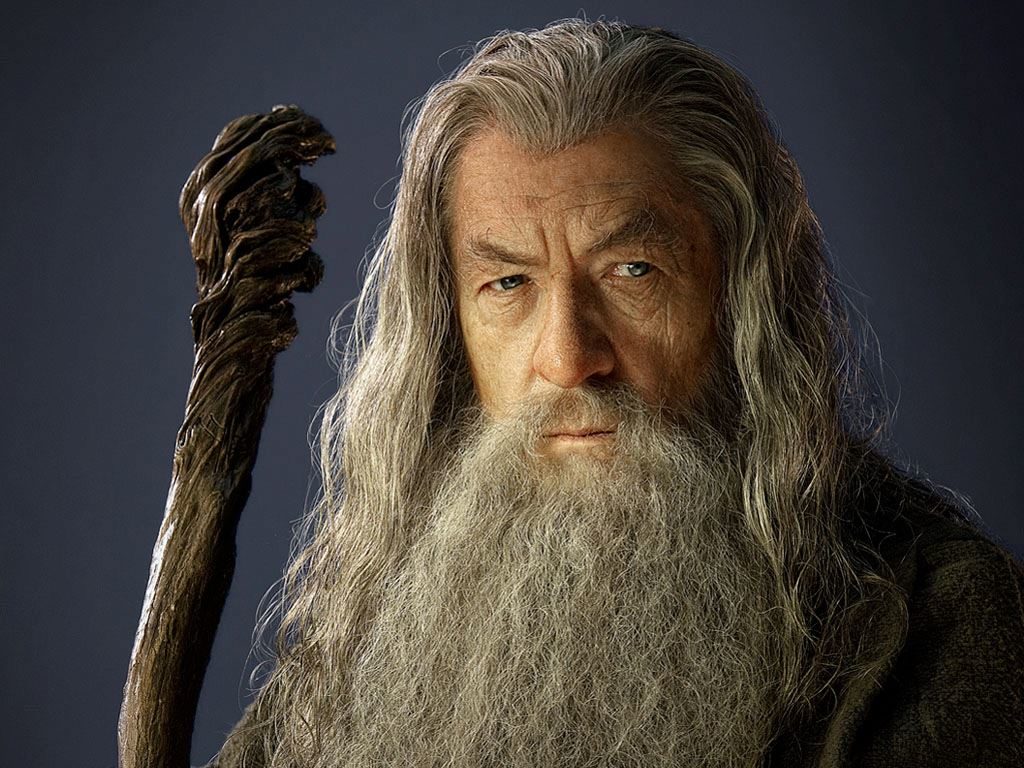 As we get older (or at least as I got older), we change into different people that place higher value on different parts of life, and have a more balanced and nuanced view of ourselves, including which traits we foster and which we ignore. It’s like our stat sheet changes, we level up like mad, and we start multiclassing for the sake of party balance.
As we get older (or at least as I got older), we change into different people that place higher value on different parts of life, and have a more balanced and nuanced view of ourselves, including which traits we foster and which we ignore. It’s like our stat sheet changes, we level up like mad, and we start multiclassing for the sake of party balance.
I stopped identifying with the brash and unexperienced hero. There’s a fading amount of that material I connect with anymore. It’s different seeing what’s around us instead of understanding only what we can see. Shooting from the hip was replaced with forethought and battle plans long ago. So who I do see more of myself in is the Sage. I’ve done a lot, I’ve gone through a number of trials and tribulations, and now I have wisdom to pass down and help people as a seasoned sage. I help coach kids in martial arts. I mentor younger geeks trying to make a name in the field. Struggles are different, and one sees thing with a wider lens. I’ve gone from Tidus to Auron. Wrynn to Khadgar. Pharah to Ana. Neo to Morpheus.
Wolverine to… well, Wolverine.
And that seriously affects how I play games these days. As much as the internet has turned Overwatch‘s Soldier:76 into a old man dad for all the other characters for example, there’s pieces of him I can get on board with. Sometimes one feels grizzled or grumpy, or hell I’ll say it, Clint Eastwood-y. And Soldier:76 kind of speaks to that. He can still do damage but can take care of others with heals. And he’s not ashamed to use tech to help him get the job done. Tactical visor activated all up in this point, bastards.
I heal more too. While when I started World of Warcraft I wasn’t about to heal any dungeons, but now in Overwatch I break it down with Lúcio keeping everyone up with those heals. Healer and Mage classes that stack intelligence over strength speak louder to me now, because that’s my primary stat in life. I live because of my brain, and manipulate tech to do my bidding with a digital staff which doubles as a whoopin’ stick for young whippersnappers that get insolent.
It’s not just games this holds true for – there are other spheres of geek media that this spill over into. I have more appreciation for a well written complex character who’s a little bit older but has far more depth. Because I’d like to believe that about myself. Dumbledore was my homeboy in the Harry Potter series, and I know this may come as a shock and some of you may get a bit angry for what I’m about to say, but Peter Capaldi’s my Doctor in Doctor Who, more so than Matt Smith and David Tennant.
I’m not saying that there’s no room for young and hotheaded in the games I play. I’m just saying people change, and their tastes in things like this, while mundane to most, weirdly have a lot to say on who we are. And I’m in a place now where I can appreciate that.
Because make no mistake – I still have my means for taking down the metaphorical Ganons out there like a champ but…
Tushar Nene
Staff Writer
@tusharnene
Degica is pleased to announce that Studio Saizensen’s RPG/beat-’em-up,Code of Princess, is coming to Steam on April 14th.
Code of Princess offers players an exciting yet unconventional hardcore experience, deftly blending combo-heavy fighting gameplay with components from classic arcade side-scrolling beat ‘em ups and the character development and customization of an RPG.
Fans of action will savor the game’s combat, which is loaded with satisfying chain attacks and plenty of depth—both in terms of attack options and also quite literally in the sense that battlefields employ a three-plane design, letting players move forward and back tactically. Fans of RPGs will relish the ability to level and improve their characters, converting their gained experience into boosts for the stats that best suit their play-style and tactics. This appealing amalgam of game mechanics is wrapped in a beautiful package, boasting lovingly rendered and animated characters and eye-catching flurries of punches and kicks. With something for virtually every kind of hardcore gamer and with an esteemed pedigree to draw upon, Code of Princess is certain to be one of the most anticipated games of the year, developed by industry veterans.
Take control of this ragtag band of warriors in this beat-’em-up with RPG depth and meet many eccentric characters as you endeavor to set things right!
Gollancz, an imprint of the Orion Publishing Group with Liber Primus Games, the indie developer and creator of gamebook series Narborion Saga, today releases a new trailer and art assets of their new joint project – an addictive adventure gamebook based on the world-class novelist and Crysis 2 and Syndicate writer Richard Morgan’s book trilogy A Land Fit for Heroes, who so graciously sat down for an interview with us earlier this month.
Based on Richard Morgan’s trilogy of dark fantasy novels, The Steel Remains, The Cold Commands and The Dark Defiles – A Land Fit For Heroes is the new multiplayer interactive gamebook experience telling the story of three unlikely heroes with three interlocking storylines. In keeping with the gamebook adventure format, the reader decides upon their fates as they proceed through the narrative.
In the first of its kind, bestselling author Richard Morgan brings his dark and violent trilogy of novels to life as a three-player gamebook set in the world of A Land Fit For Heroes with the first book in the trilogy delving into the traumatic and tortured lives of the book’s protagonists.
A Land Fit For Heroes will be one of the first gamebooks of its kind to allow players to choose the sexual orientation of their character, which mirrors the diversity of Richard Morgan’s book trilogy characters. The gamebooks also aims to retain the graphically violent nature of combat and adult themes from the novels.
This morbid fantasy title is coming to the Google Play Store for Android devices, App Store for iPhone, iPad, iTouch and Amazon for Kindle Fire at the end of October. The title will also be launching on Steam for Windows PC in December.
Kimmie Britt
Editor
@killerr_queen


